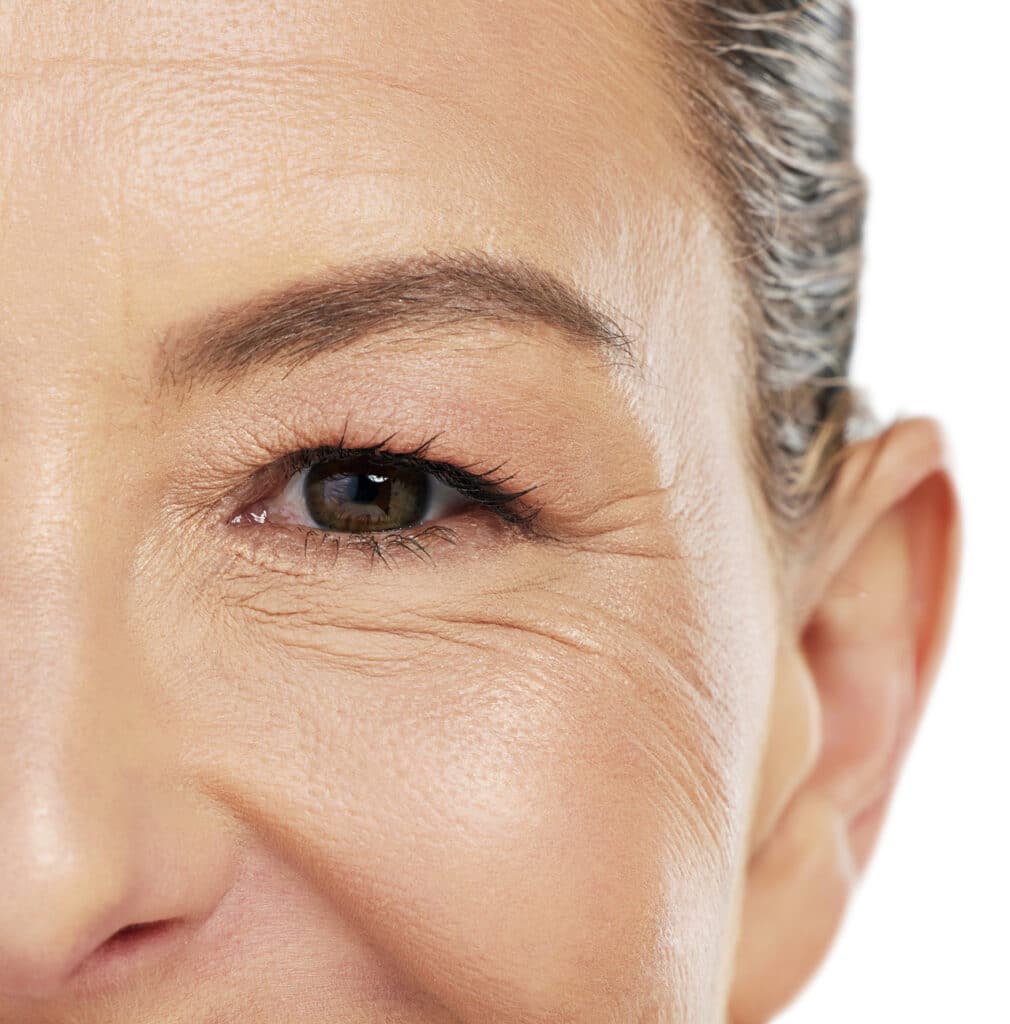A facelift can target:
- Deep creases below the lower eyelids
- Loss of youthful fullness of cheeks
- Deep creases running from the nose to the corners of the mouth
- Heavy jowls
- Loose, hanging neck skin
While a facelift will restore your youthful appearance, it will not change your fundamental features, nor can it stop the aging process.
Instead, it’s about embracing your natural beauty, boosting your confidence, and gracefully aging with a refreshed and vibrant look.
Book a consultation
About the procedure
After carefully assessing your skin, subcutaneous tissues, and deep structural support, you’ll receive a custom surgical plan that’s designed to meet your goals safely.
The surgery is typically performed under general anesthesia (asleep) but may sometimes be performed under local anesthesia (awake) with medicines to make you relaxed.
How it’s done
The incision(s) used depends on the procedure performed, but it typically begins in the hair of the temple, passes down just in front of the ear, and then curves back around the ear.
The skin is lifted off of the cheek and neck to allow the underlying fat and supportive structures to be repositioned.
Restructuring
A small incision beneath the chin may be used to aid in the removal of fatty tissue and smooth the cord-like structures of the underlying muscle in the neck. Your own fat may be injected to help restore fullness to your cheeks or lips.
The skin is then rewrapped, excess skin removed, and incisions carefully closed. A drain may be placed to prevent fluid accumulation. If a drain is placed, it would typically be removed within 1-2 days.
Post-Op
After surgery, your face will be wrapped in a bulky, soft dressing. It is important that you avoid any exertion following surgery to minimize bruising and swelling.
Risks and Side Effects
Like any surgical procedure, a facelift has risks. Although the incisions are designed to heal inconspicuously, you will have scars after surgery.
There will be areas of numbness, but these typically resolve on their own. Infection, bleeding (hematoma), and nerve injury resulting in facial weakness are rare complications.
How Much Does it Cost
Starting at $14,500 + GST
Procedure options
JOWL LIFT
A jowl lift targets aging and sagging skin around the lower face and involves removing excess skin and “tightening up” the area below the cheeks. The primary aim is to restore a sharper, more youthful jawline contour, reduce the appearance of jowls, and enhance the overall facial structure.
A jowl lift can be performed alone or as part of a conventional facelift.
MID-FACELIFT
Unlike a standard facelift, which focuses on sagging in the lower face and neck, the mid-facelift benefits those with early signs of facial aging in the cheek below the eyes. The results of this procedure focus on the correction of hollowing below the eyes, sagging around the mouth, and improvement of the nasolabial folds.
A mid-facelift can be performed as part of a conventional facelift.
Tell me more
Unlike a standard facelift, which focuses on sagging in the lower face and neck, the mid-facelift benefits those with early signs of facial aging in the cheek below the eyes. The results of this procedure focus on the correction of hollowing below the eyes, sagging around the mouth, and improvement of the nasolabial folds.
The mid-face is then repositioned, and the sagging cheek fat pad is lifted together with the underlying muscles.
Like a standard facelift, you should expect to wait at least several weeks until the swelling has subsided for an accurate picture of how you will look.
Is a Facelift
Right For Me?
Facelift surgery is a good option for you if you:
- Are physically healthy
- Are a non-smoker
- Have a positive outlook with specific but realistic goals in mind
Non-surgical alternatives
A facelift can only be performed surgically. Non-surgical treatments cannot achieve the same results but some, like dermal fillers, may help postpone the need for a facelift or complement the results of surgery.
Book a consultation